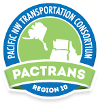Surface Problems
Een oppervlakteprobleem is een probleem dat een hobbelige of anderszins ongemakkelijke ervaring zou kunnen veroorzaken voor iemand die een rolstoel of andere hulpmiddelen gebruikt. Als iets op een oppervlak het moeilijk of onmogelijk maakt om over te steken, moet het worden bestempeld als een oppervlakteprobleem. Voor oppervlakteproblemen die een groot gebied beslaan, moet u een oppervlakteprobleem-label aan het begin van het probleem plaatsen en vervolgens om de paar meter (ongeveer 1 per panorama) labels blijven plaatsen tot het einde van het probleem.
How should I label sidewalk cracks?

You should label sidewalk cracks that would result in an uncomfortable experience for wheelchair or other assistive device users. Small elevation changes, like in the example on the left below, will typically be of Low severity, since there are no other issues with the surface. You should label sidewalk cracks that come from weathering in a similar manner.
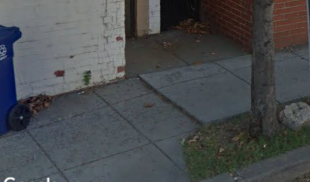
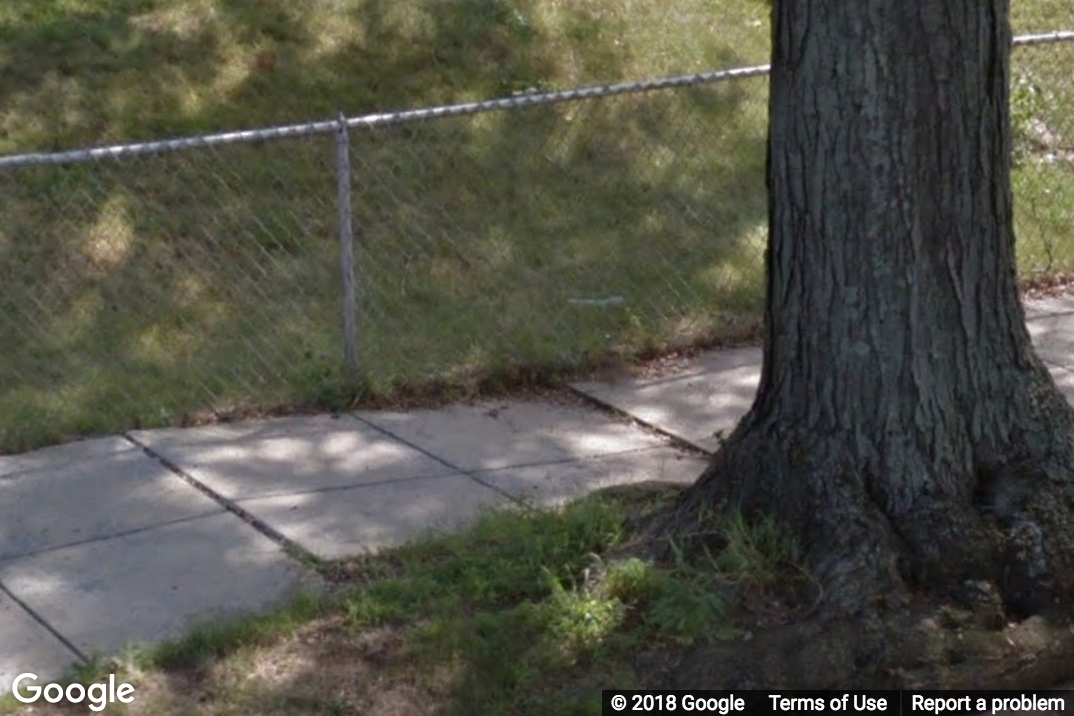
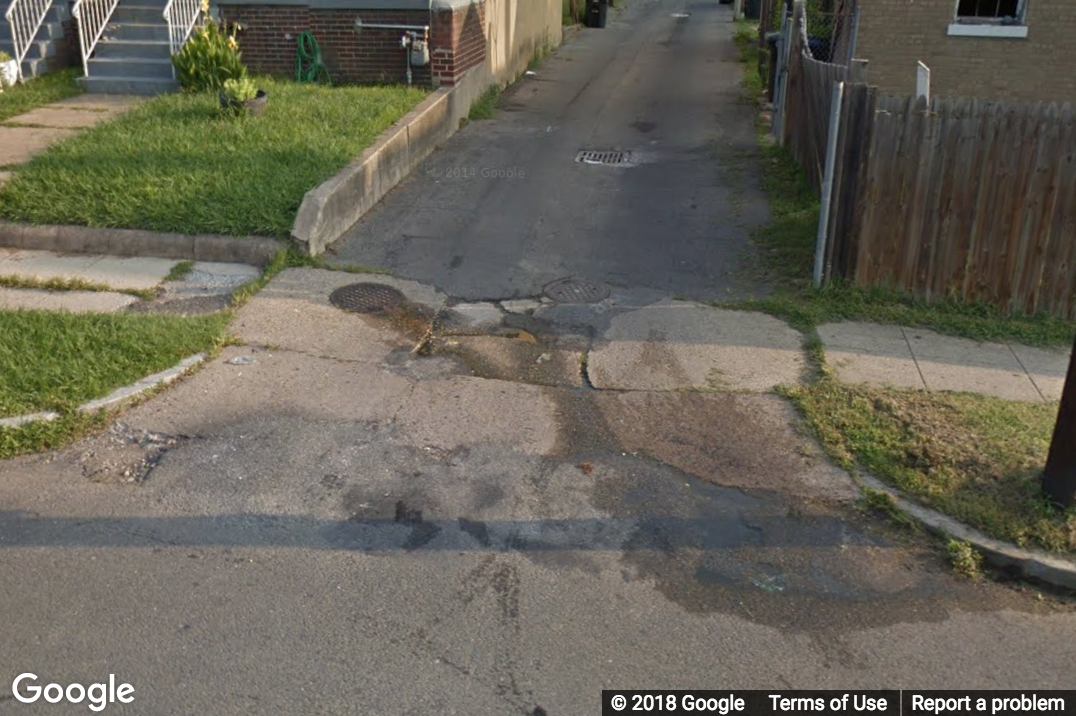
How should I label driveways?

If a driveway causes a steep slope in the sidewalk, you should place a Surface Problem label on each side of the driveway (ADA 403.3). The example below is High severity, since it could greatly destabilize a wheelchair.

You should not place any labels if the driveway is level with the sidewalk, as in the examples below.
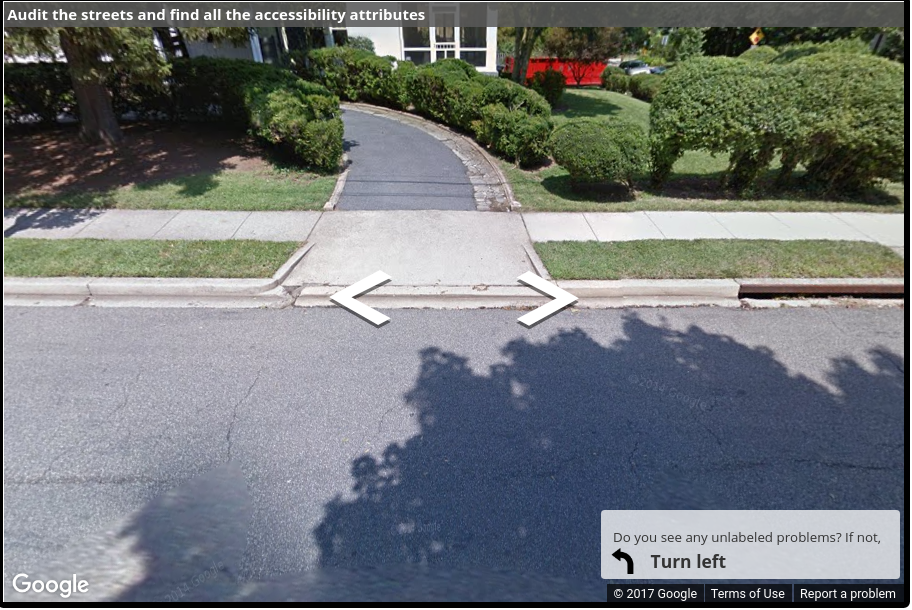
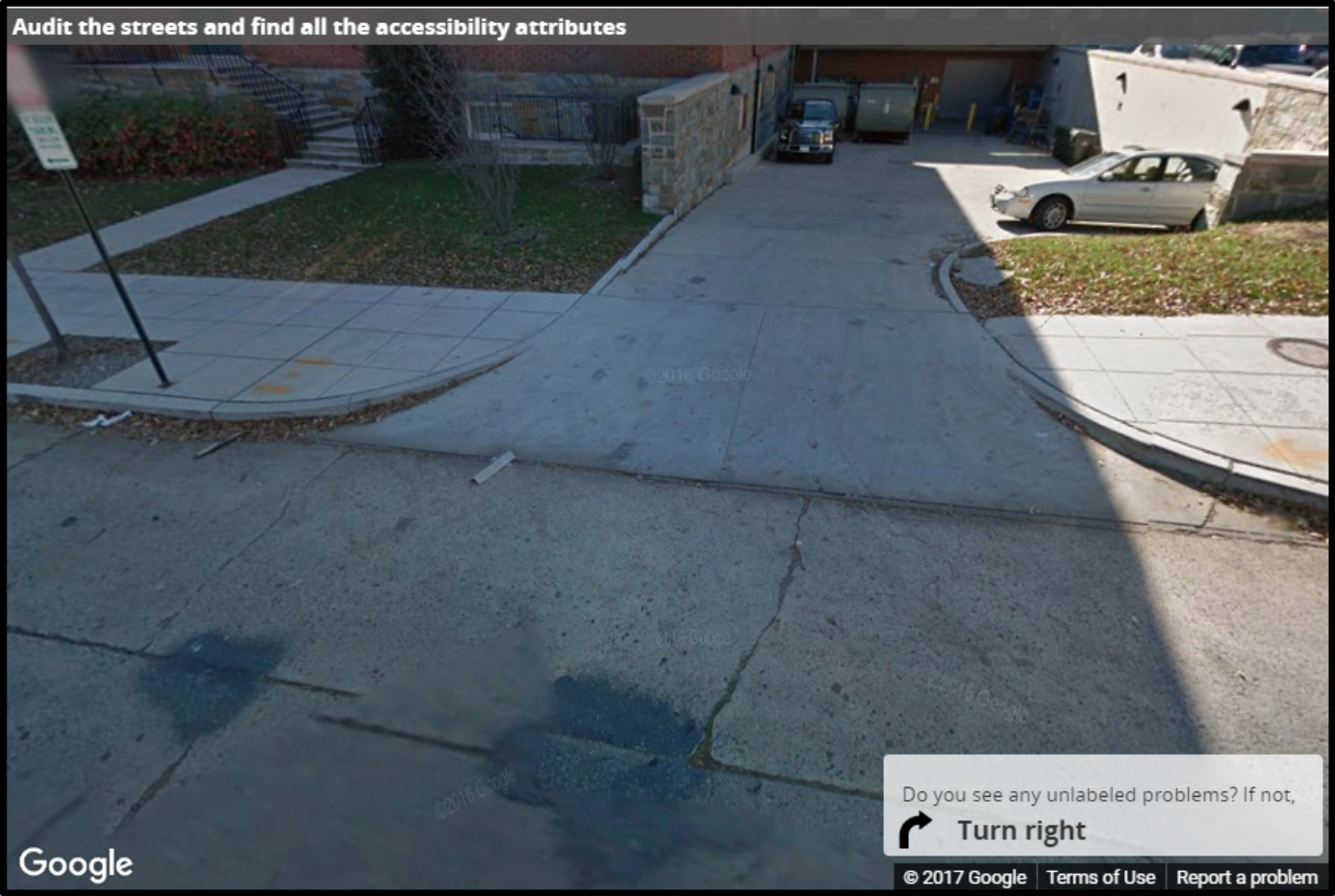
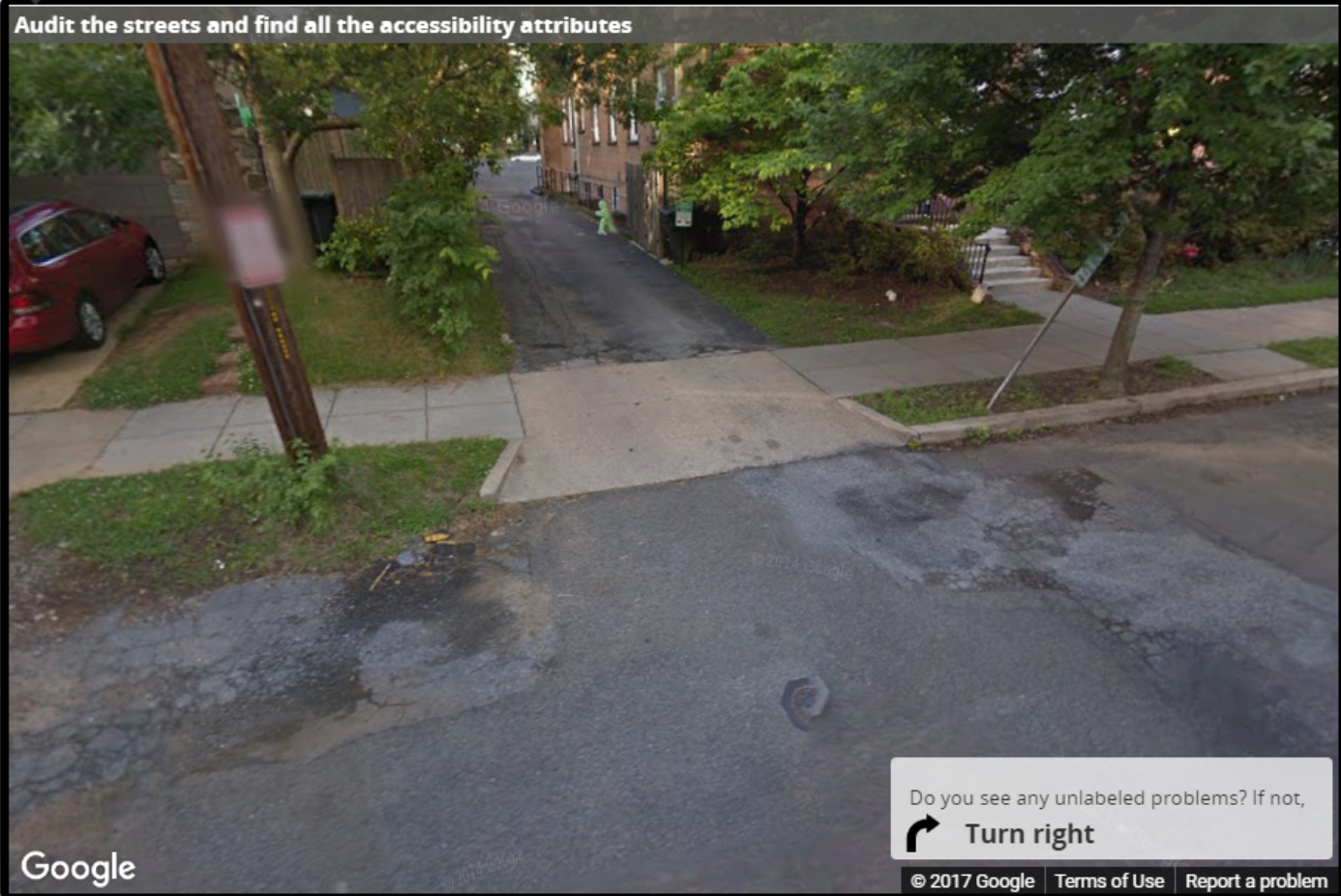
How should I label gravel?

You should label gravel surfaces, as they are not firm/stable enough for a wheelchair/walker (ADA 302.1). Gravel will typically be High severity since they are so hard to traverse by wheelchair.

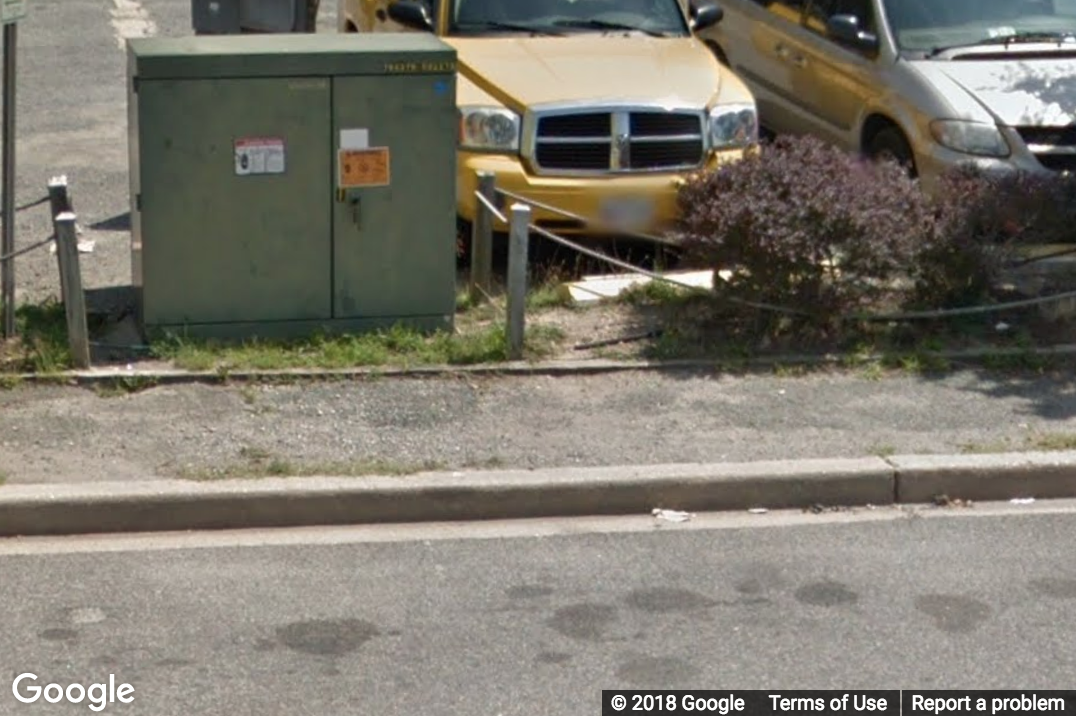
How should I label cobblestone, brick, and other rough surfaces?

You should label cobblestone, brick, and other rough surfaces, since they can be difficult and painful to traverse due to the vibrations and catching of wheelchair casters (USAB ADA guidelines 302.1). These surfaces can also make it difficult to control the joystick in electric chairs.
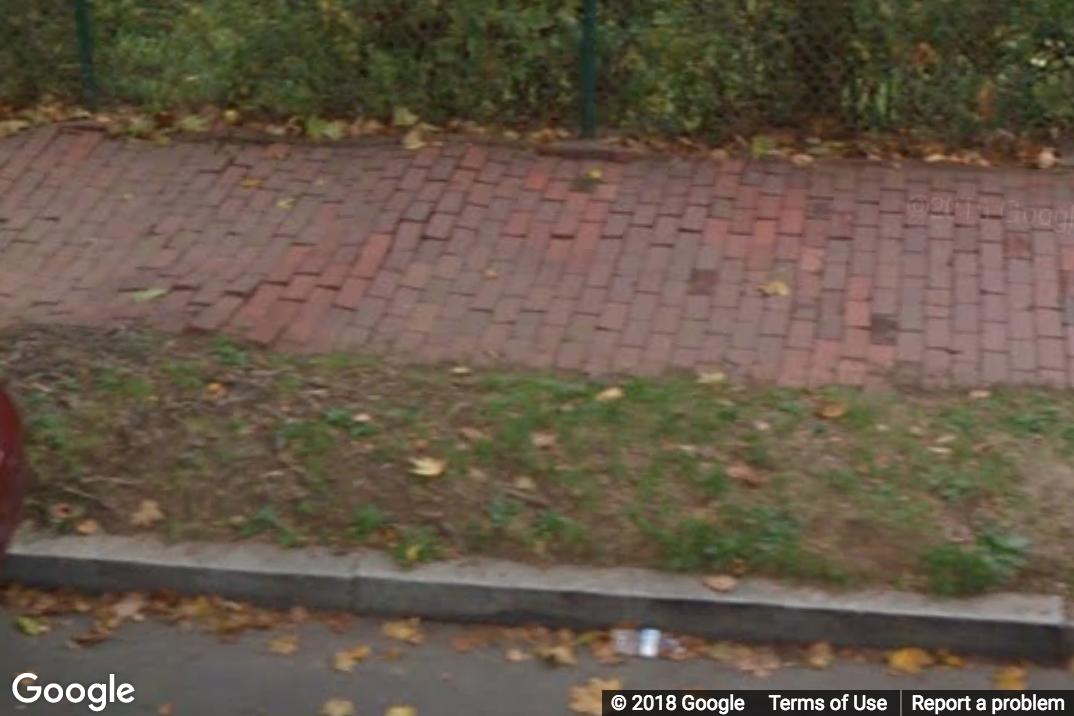
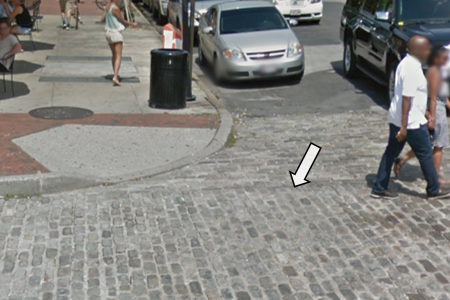
How should I label grates, gaps, and other openings?

You should label grates, gaps, and other openings if it appears that a wheelchair caster could get caught or if the ride would be extremely bumpy (ADA 302.3). (The ADA specifies ½” openings but do your best to estimate). For grates, pay particular attention to whether the elongated openings are perpendicular to the direction of travel.
If the grates are not perpendicular to the direction of travel, the severity should be higher. The severity should also be higher for wider gaps and for grates that cover most of the sidewalk. If the grating is easy to avoid, the severity should be lowered (see Avoidable Problems).
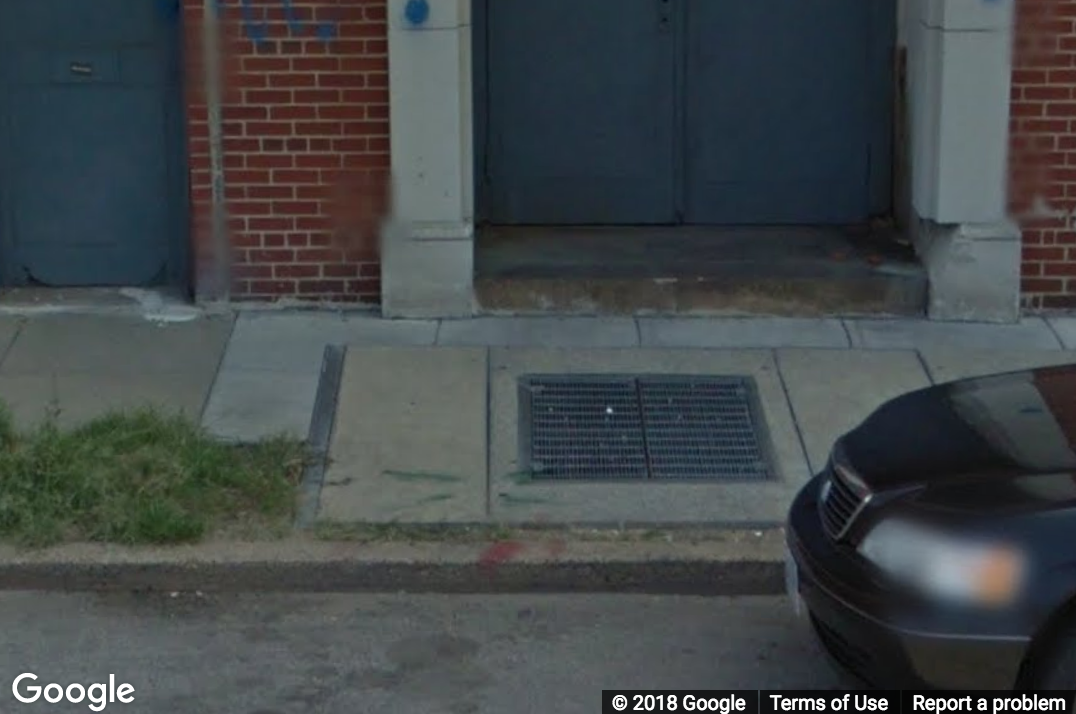
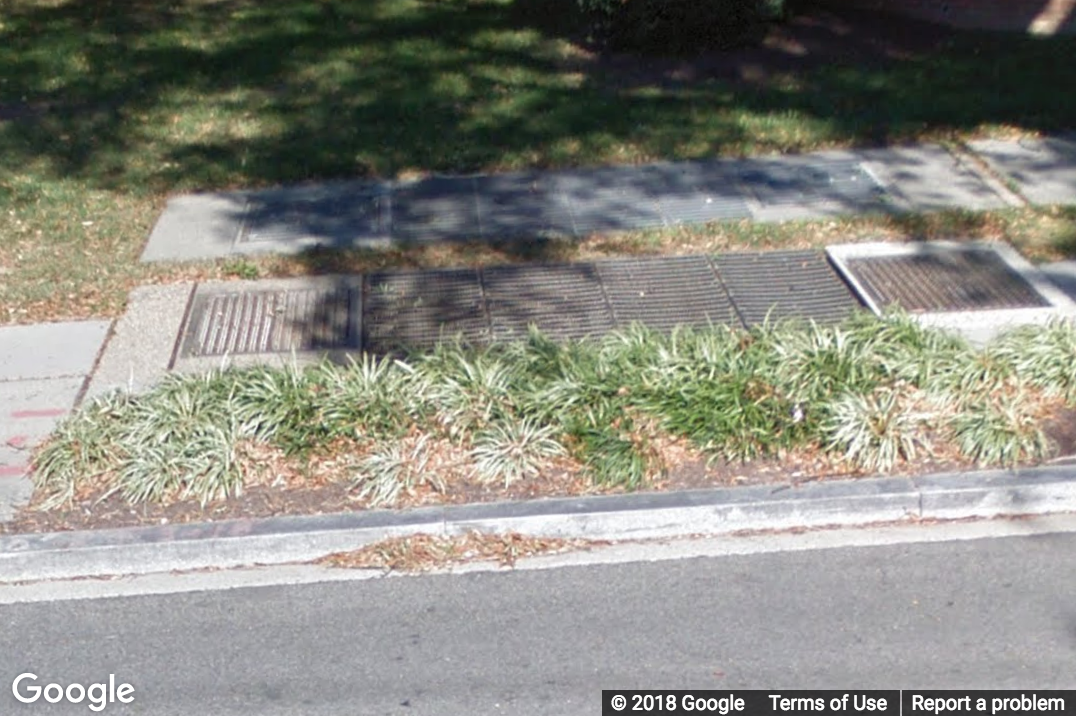
How should I label narrow sidewalks?

You should use a Surface Problem label if a long stretch of sidewalk is less than 3ft wide (ADA 403.5). There should be a label at the beginning and end of a stretch of narrow sidewalk. If the narrow sidewalk stretches multiple streets, label at the beginning and end of each street, with only one label needed at a corner.
If the stretch of narrow sidewalk is very short, do not use a Surface Problem label. This often occurs to get around trees. The only time when you should label this is if the narrow section is very narrow (less than 2.75ft wide; ADA 403.5.1).
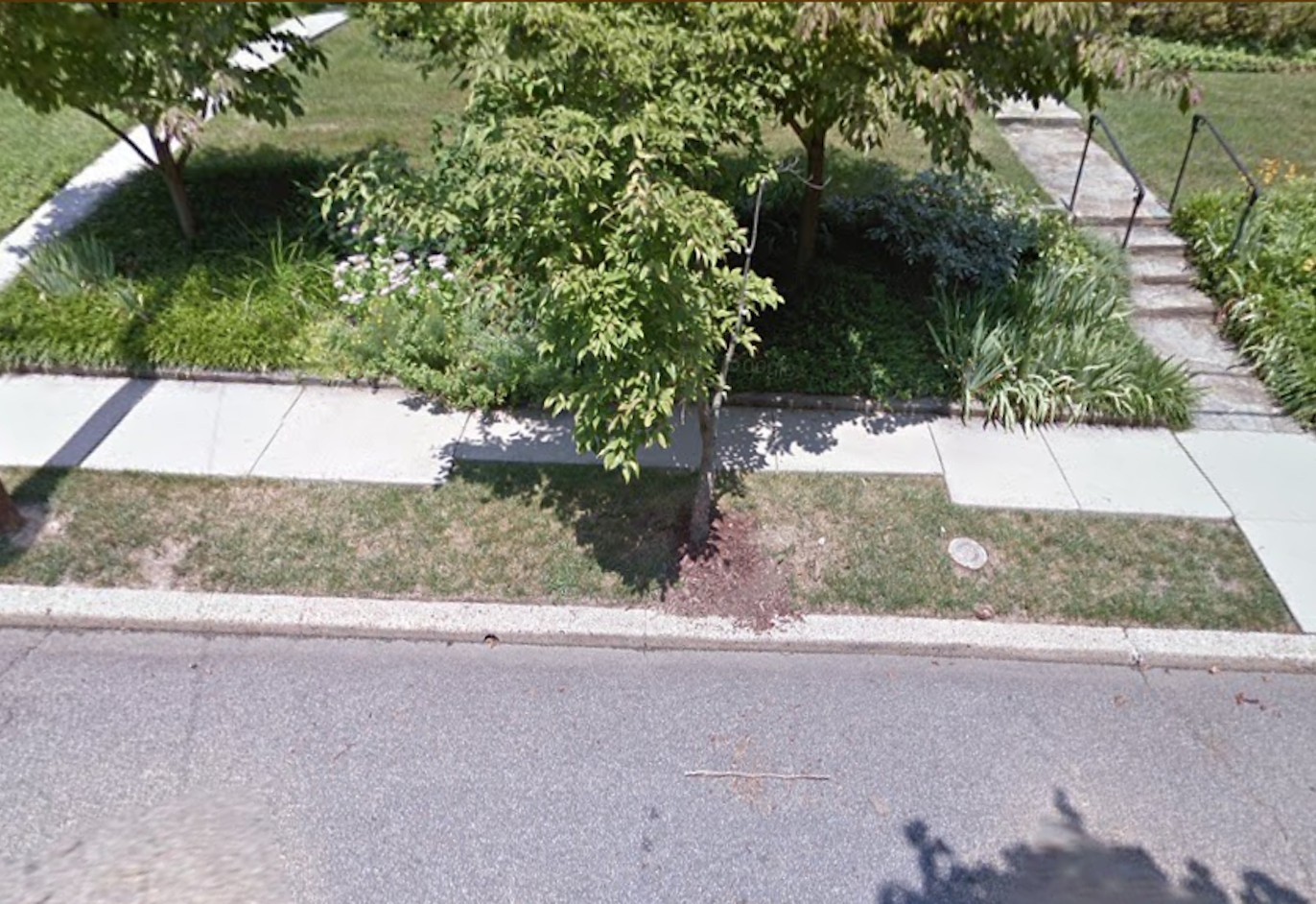
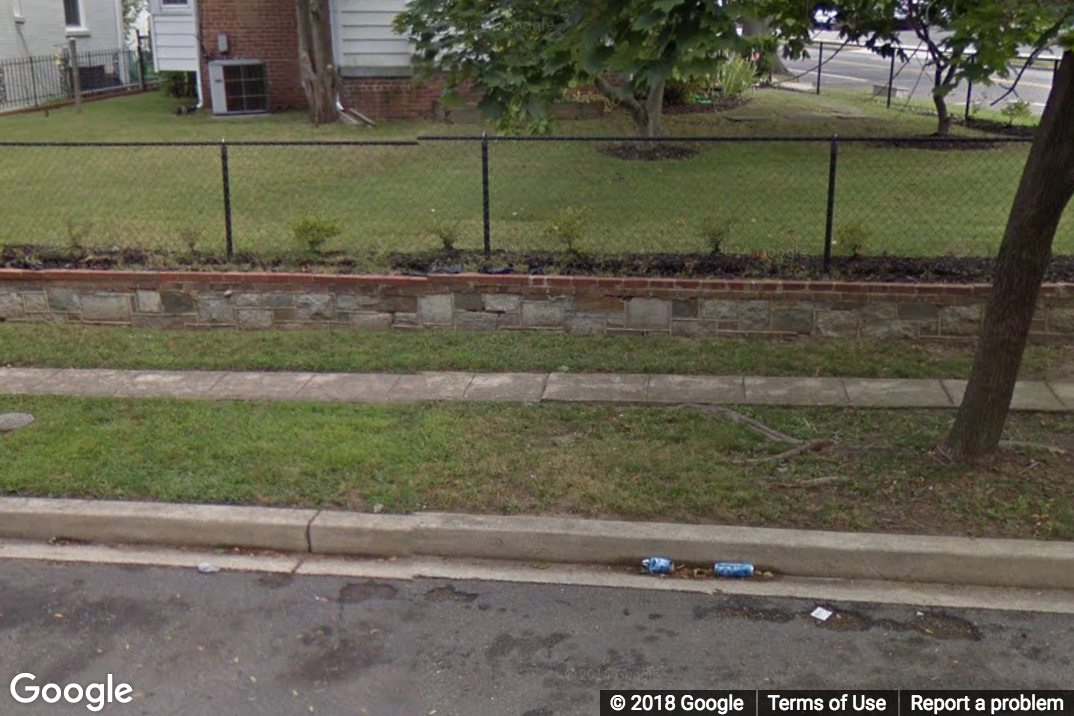
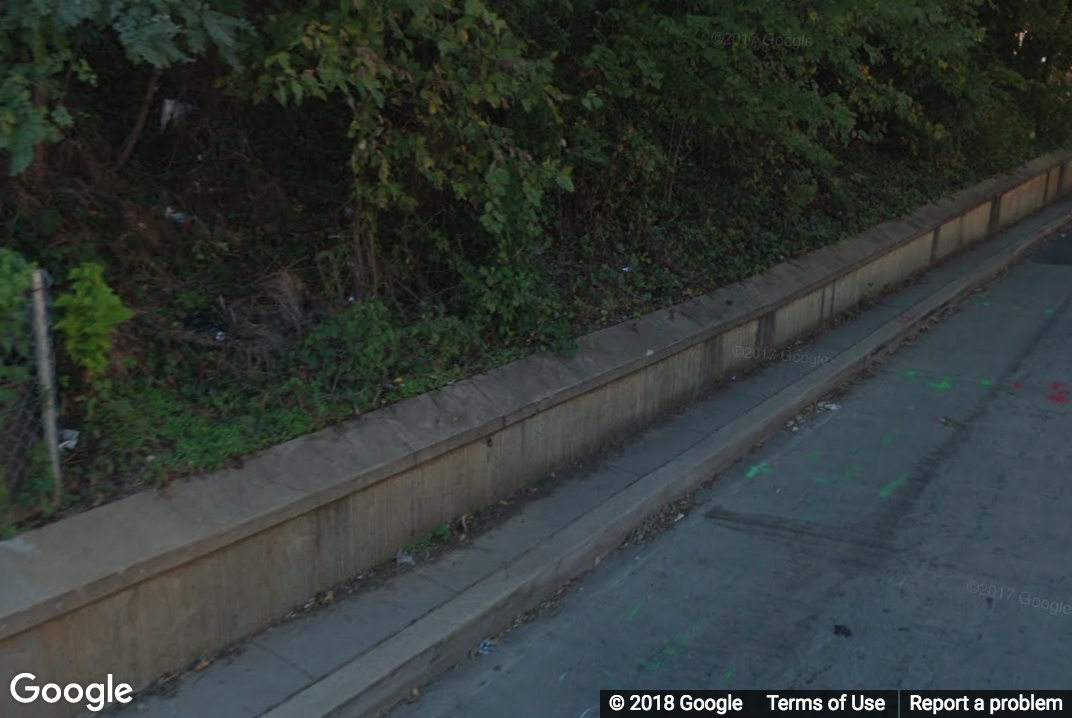
How should I label debris on sidewalk?

You should use a Surface Problem label if there are a large amount of dead leaves or other debris on the ground ( FHWA Guide for Maintaining Pedestrian Facilities for Enhanced Safety 3.2.2). This could cause slippery conditions or could slow down wheelchair users in extreme cases, so you should label these as surface problems.
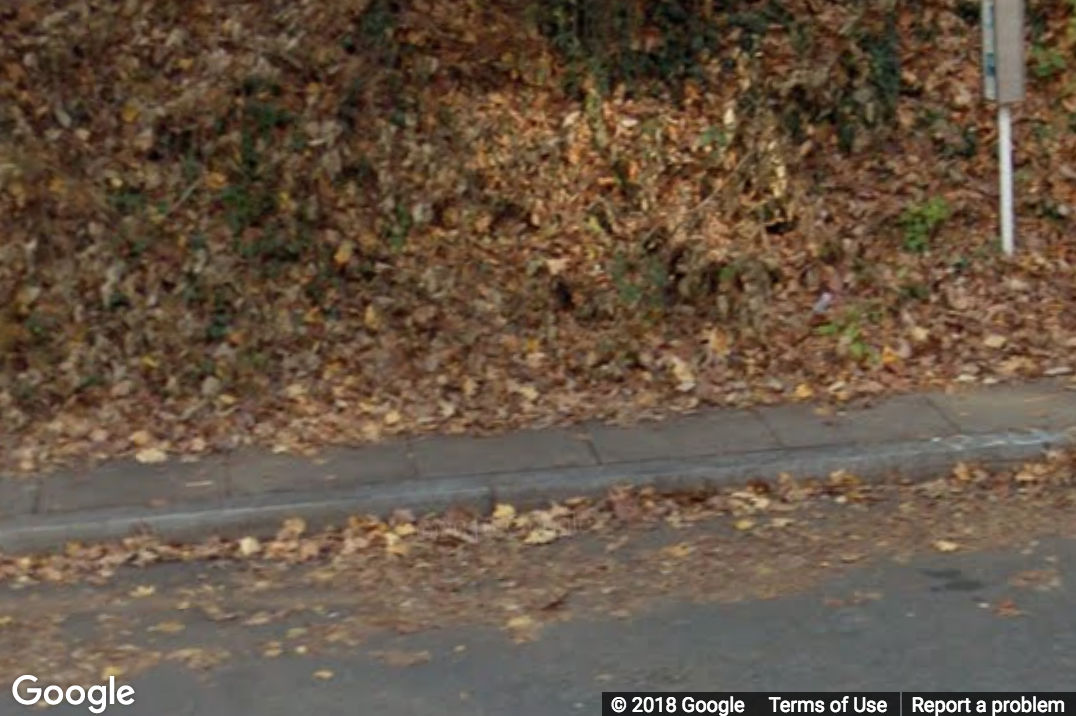
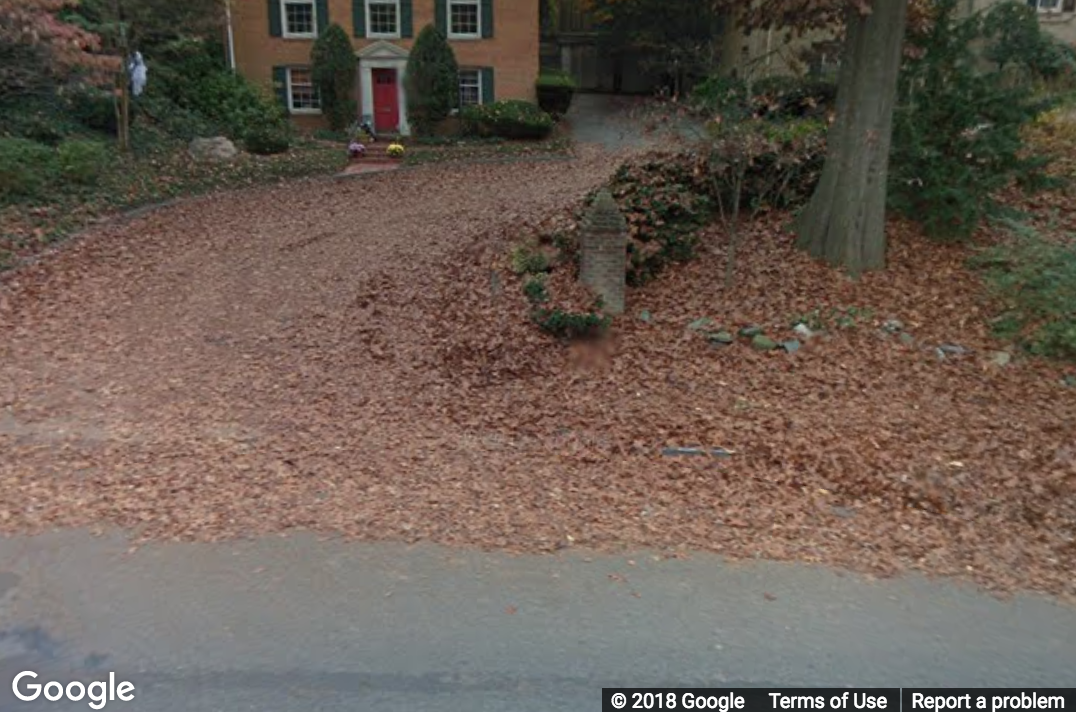
How should I label grass on sidewalk blocks?

You should label grass on sidewalk blocks with a Surface Problem label unless it is very minor. These are typically severity 1 or 2, unless very extreme. Though they may not always directly impact the accessibility of the sidewalk, they are “surface problems”. Without being monitored, they could deteriorate further and cause accessibility problems in the future (FHWA Guide for Maintaining Pedestrian Facilities for Enhanced Safety 3.2.1).
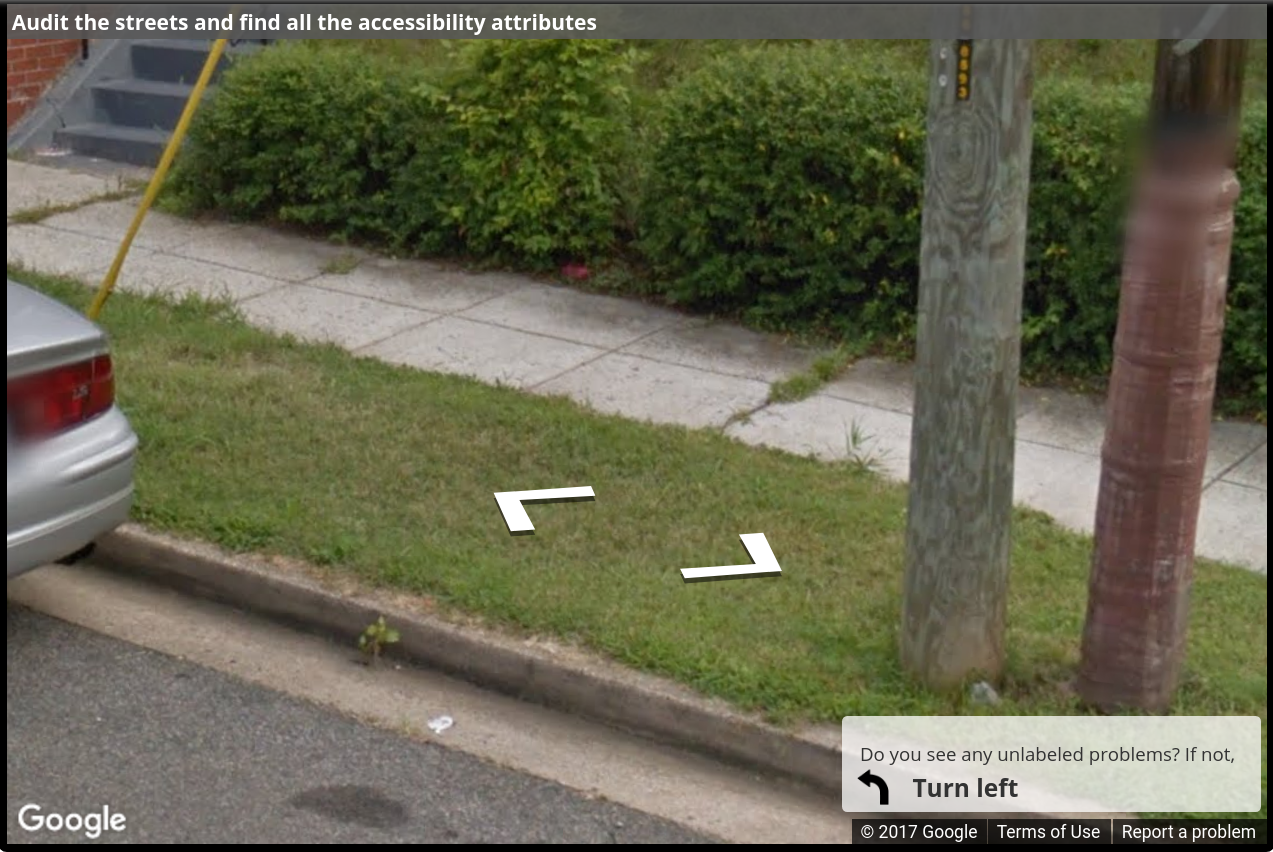
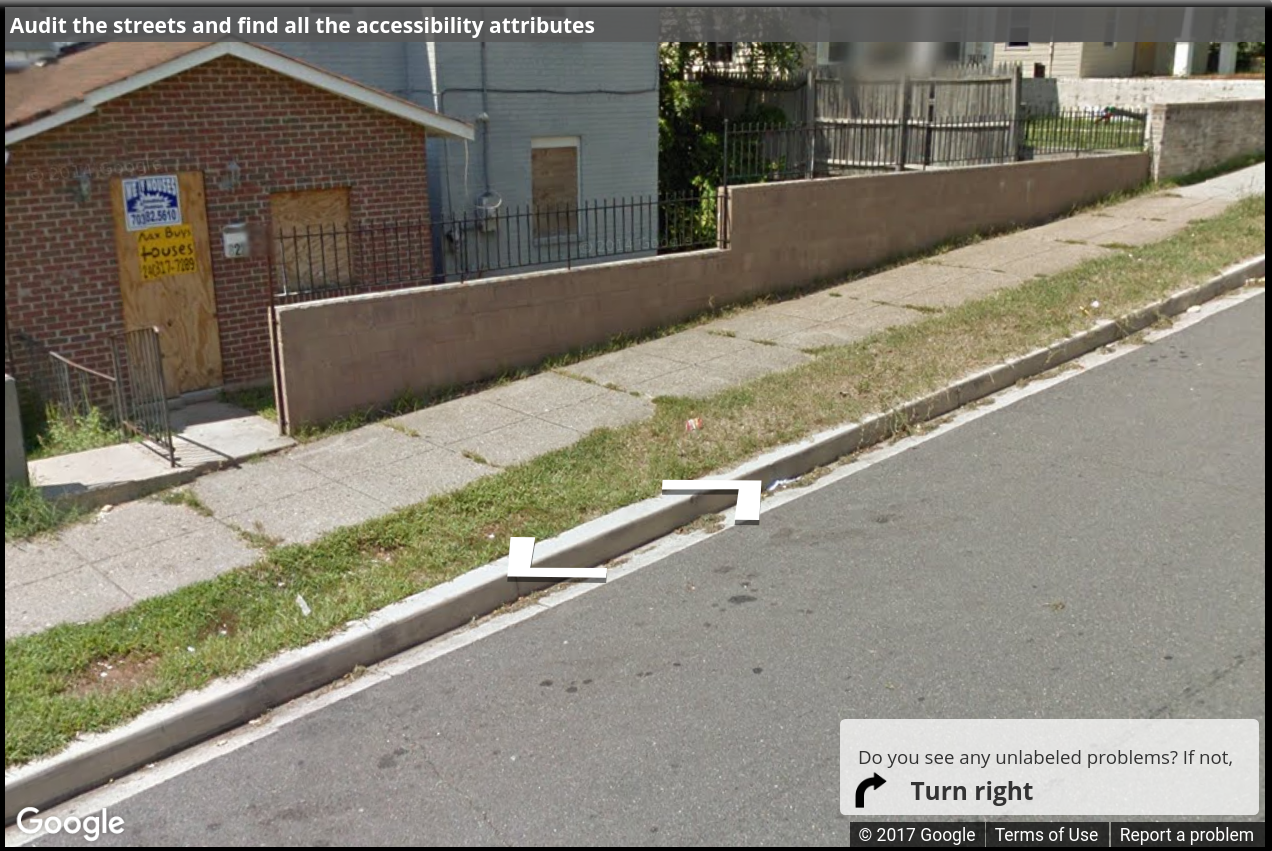
How should I label avoidable problems?

You should label avoidable surface problems. In the picture below, you can mark the severity as Low, since the problem is directly on the pedestrian route but is easily avoidable. If the problem were not on the pedestrian route, you do not need to label it.
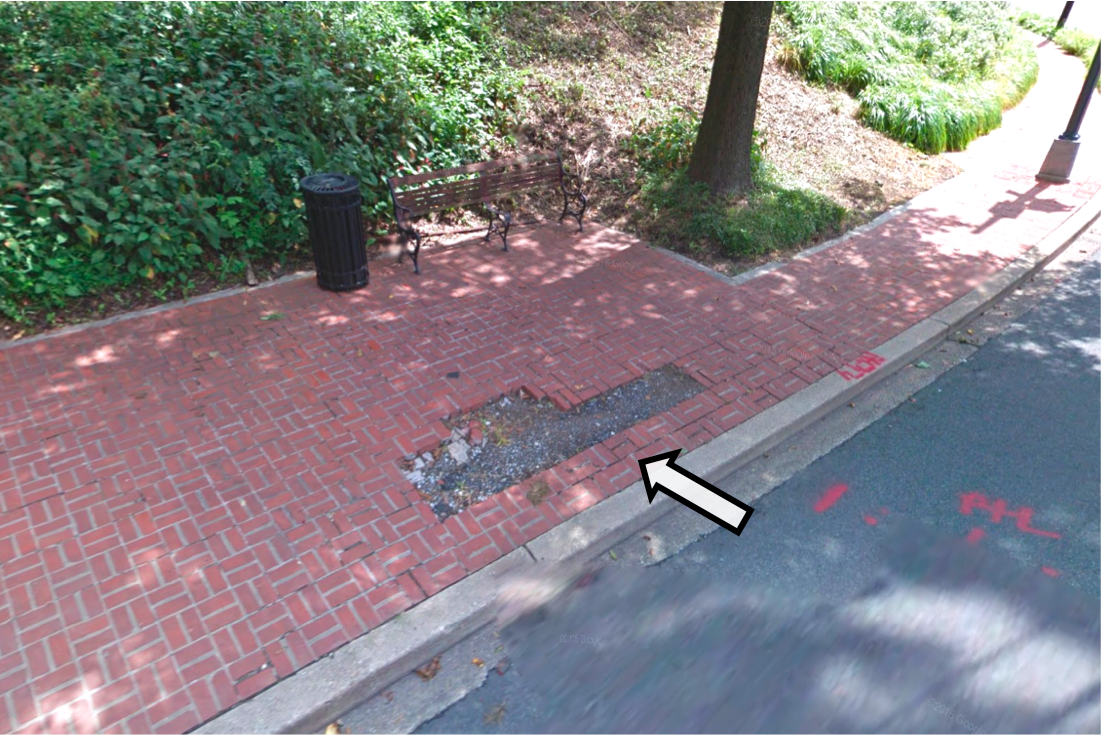
How should I label problems in a crosswalk?

If a surface problem exists on a crossing between curb ramps that is not visually marked in some way (typically with white paint), then you should simply add a Surface Problem label and label it in the same manner as other surface problems. Even though problems at a crossing are not part of the sidewalk, they are part of the route that pedestrians are meant to follow. If there is a marked crosswalk, then you can simply add a Marked Crosswalk label, add the 'surface problem' tag, and rate severity in the same way that you would for a surface problem.




